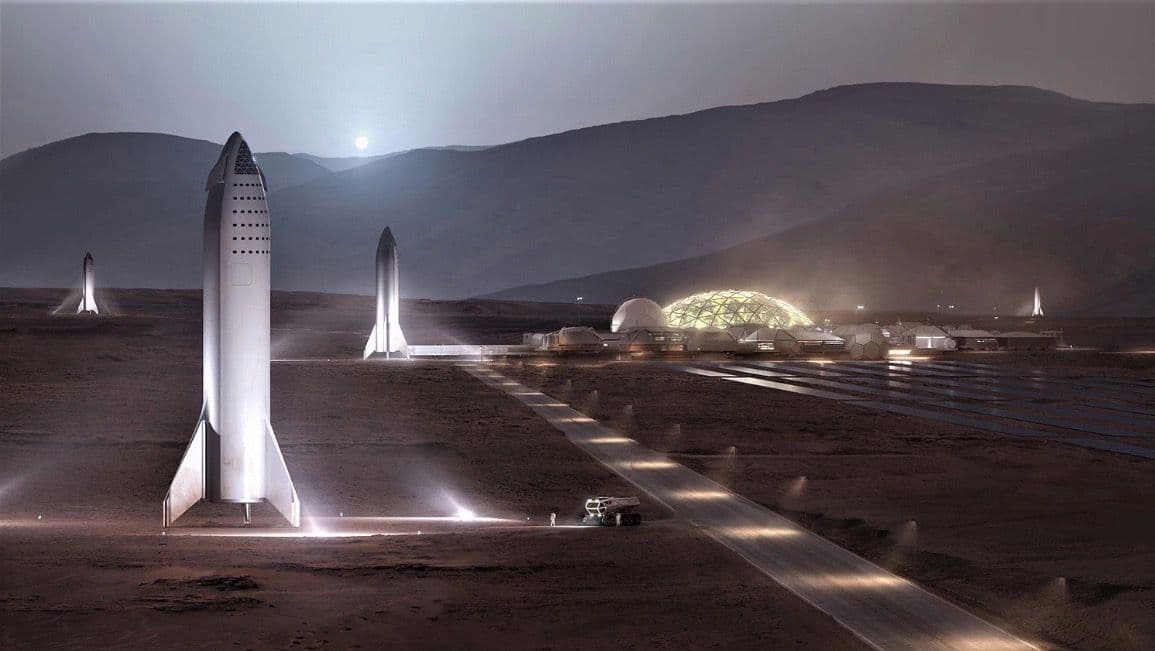Elon Musk Aims for Self-Sustaining Mars Colony by 2050

SpaceX founder Elon Musk continues to champion the ambitious goal of establishing a self-sustaining human colony on Mars, with recent projections indicating a target of mid-century for this monumental undertaking. According to a tweet by Ian Miles Cheong, "> Elon Musk wants to colonize Mars for the future of humanity, and much like the First Hundred aboard the Ares spacecraft, Elon will stop at nothing to create a self sustainable colony on Mars within his lifetime." This vision underscores Musk's long-held belief in making humanity a multi-planetary species to ensure its long-term survival.
Musk's drive for Martian colonization stems from a strategic imperative to create a "backup drive for humanity," safeguarding civilization against potential existential threats on Earth. He envisions a future where humans are not confined to a single planet, aiming for a self-sufficient Martian society that can thrive independently. SpaceX's stated objective is to establish a large-scale, democratic, and self-governing colony on the Red Planet.
Central to this endeavor is SpaceX's Starship, a fully reusable transportation system designed to carry both crew and cargo to Mars. This powerful rocket is crucial for delivering the millions of tonnes of supplies and up to a million people required to build a lasting presence. Recent reports indicate Starship has completed multiple test flights, with the latest Version 3 expected to carry over 100 tons to orbit, significantly boosting cargo capacity for Mars missions.
While Musk's timelines have historically been ambitious and subject to change, current plans project uncrewed Starship missions to Mars as early as 2026, followed by initial crewed missions by 2029. The goal for a self-sustaining colony is frequently cited between 2050 and 2055, requiring a rapid increase in launch frequency during the 26-month Earth-Mars transfer windows. A significant challenge remains the full reusability of Starship, particularly the development of a durable heat shield capable of enduring multiple re-entries.
Establishing a self-sufficient Martian city demands extensive infrastructure, including habitats, power generation, resource mining, and propellant production directly on the planet. Settlers would need to manufacture fuel from the Martian atmosphere, enabling return trips and reducing reliance on Earth. The initial human explorers will focus on surveying resources, preparing landing surfaces, and setting up essential systems to lay the groundwork for a permanent presence.